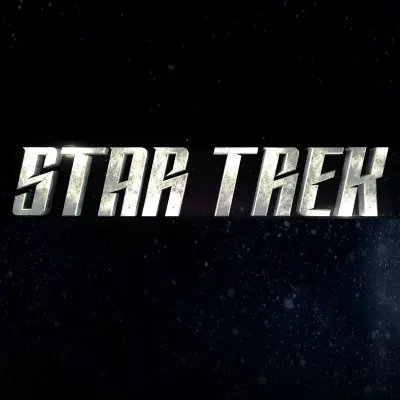Star Wars and Star Trek grapple with aging actors in different ways
-

"Instead of being rooted in the moment we left these figures trapped in televisual amber generations ago, for the most part Star Trek has returned to them as they are in the here and now: actors and characters alike who have grown older and lived lives beyond the events we saw played out on screen," says James Whitbrook, adding: "It’s made all the more fascinating to see this multi-pronged approach in contrast to Trek’s long-time sci-fi 'rival,' Star Wars. In some ways there are parallels—new faces stepping in to portray new chapters of classic figure’s lives, like Alden Ehrenreich as the young Han Solo, or Rosario Dawson as a post-Return of the Jedi Ahsoka Tano. In series like The Bad Batch, Rebels, and Clone Wars, we’ve seen familiar faces return, whether played by their cinematic counterparts or by soundalikes, allowing them to exist and live stories across multiple eras of the Star Wars timeline. But in stark contrast to Trek, Star Wars has leaned the most on using technology to recapture the youth of its legacy figures, to mixed degrees of success. From Rogue One’s digital replicas of Princess Leia and Grand Moff Tarkin, to the now-seemingly-ongoing deployment of a CG likeness of Mark Hamill to bring a Return of the Jedi era Luke Skywalker back to life in The Mandalorian and The Book of Boba Fett, Star Wars’ fascination with its past has seen it draw upon the technological influences that made the franchise a pioneer in the first place, attempting to use VFX to lock its heroes in that aforementioned amber. Who needs to tell stories about a Luke Skywalker that has grown old, when you can just place a young Mark Hamill’s digital face over a stunt actor, and relive an idealized past?"
TOPICS: Star Trek, Star Trek: Picard, Star Wars: The Mandalorian, Star Wars
More Star Trek on Primetimer:- LEGO Beams Up Star Trek With First-Ever Collaboration Teaser
- Star Trek: Khan trailer revealed at SDCC 2025 featuring George Takei and Tim Russ returning to the iconic franchise
- A Throwaway Star Trek: The Next Generation Line Inspired 2024's Most Optimistic Meme
- Holly Hunter's Taking Cadets to School in New Star Trek Series
